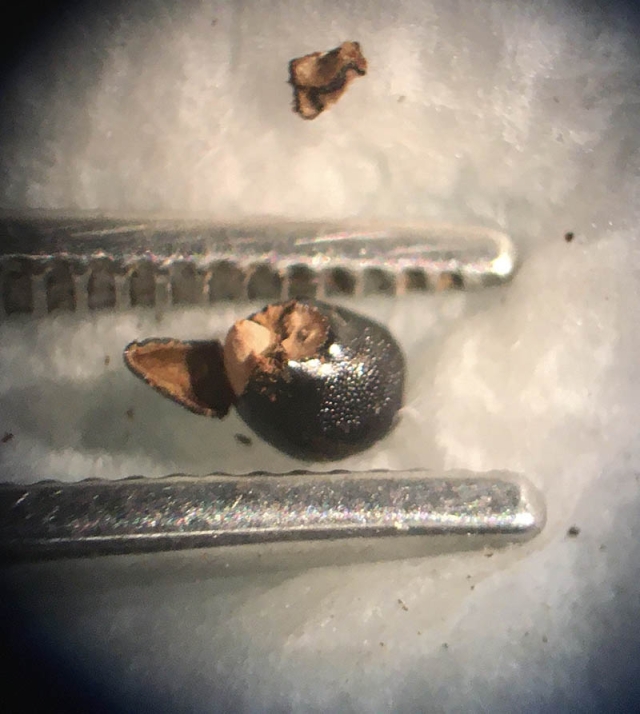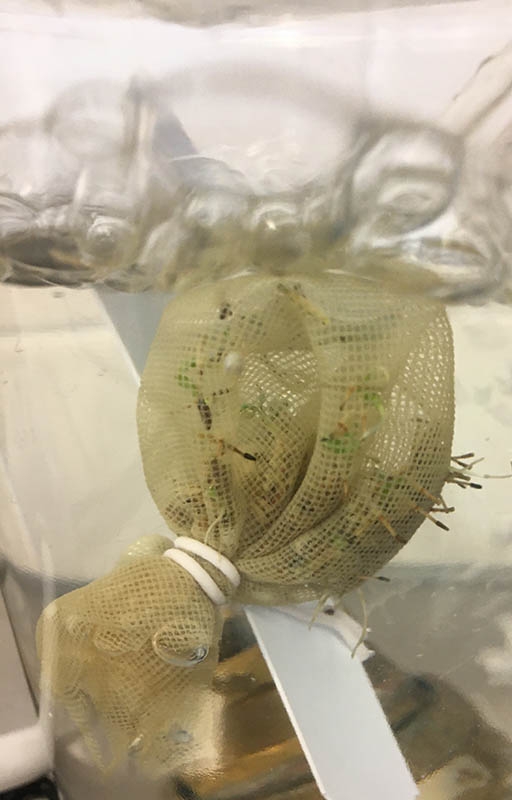Germination Tricks from a Propagation & Production Horticulturist
Seeds are quite amazing little capsules of information; it is mind-boggling that something that fits in the palm of your hand (or on the tip of your finger) can hold the information needed to grow something as large as a tree! Not only do seeds act as a container of genetic information but they also contain mechanisms to make sure that the embryo will start growing exactly when conditions are just right for it to thrive, even if that means waiting for years to get it right.
While seeds “wait” to germinate at the right time in the right place, they will go into types of dormancies to help preserve the information it contains inside. As gardeners, we strive to manipulate environments so they’ll grow when we want.
Here are a few simple tricks I have learned over the years:
Cold stratification
Seed dormancy can be regulated by the environment or by the seed itself. In Colorado where we experience a temperate climate (which generally have wider temperature ranges throughout the year with distinct seasonal changes), many plants are used to a cycle of blustery, winter temperatures followed by the fluctuations that spring, summer, and fall bring about.
We can mimic this through a period of moist, cold stratification. At the Gardens, we sow flats of seeds, water and cover them up and either place in a cooler or outside in cold frames in winter. At home, you can do the same by either placing seed in wet sand or vermiculite in a baggy and storing in your fridge or freezer until you are ready to sow. Alternatively, you can take advantage of our spring snowstorms and broadcast seed directly into your garden just before an expected snow to let seeds get a taste of real winter.

Sophora secundiflora (Texas Mountain Laurel) having germinated after scarifying the seed and a short cold stratification.
Scarifying
Many seeds (think tree seeds and legumes) have a thick, tough seed coat protecting the seed until prime conditions occur. Scarifying, or mechanically breaking down the seed coat, can also give you a higher percentage of germination in a quicker process than mother nature does. The goal is to expose the tender tissues hiding inside; this can be done several ways and you can get creative in the process. In our greenhouse workspace we have several tools to scarify, including sandpaper, nail files and clippers, and even needles to poke and nick.

Cacti seed with the seed coat being chipped off with a needle to expose the tender tissues inside.
Water baths
Soaking your seeds in water is another simple trick to germination. Soaking in water can either help soften the seed coat to wake up the hiding embryo or can leach out chemicals in the seed coat that are preventing germination until conditions are right. A technique I have fallen to recently is an aerated bath, where seeds soak in a bath of water being turned by an aquarium air pump which provides required oxygen to the seeds as their coats soften.

Seeds in an aerated soak having germinated in the bath, before sowing.
Breaking seed dormancies can take a little expertise (and time) but it’s so rewarding once the deed is done!
This article first appeared in the February edition of Life on Capitol Hill. All images: Brooke Palmer.
Add new comment